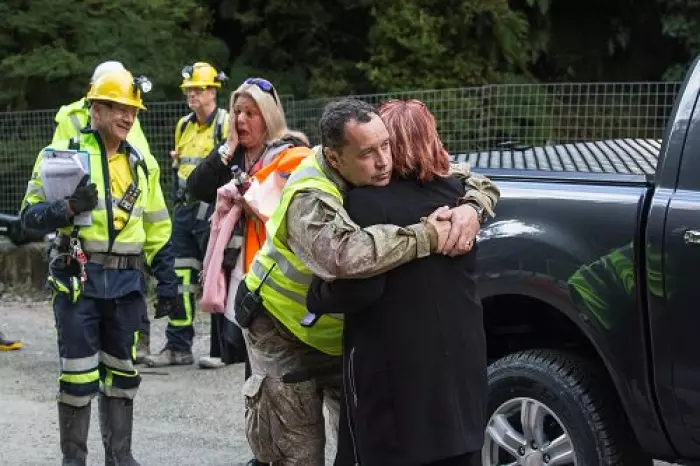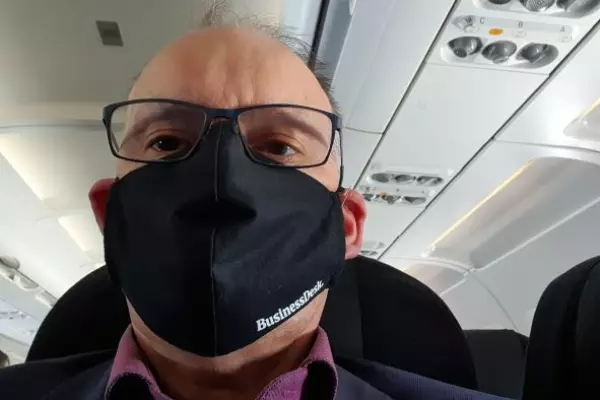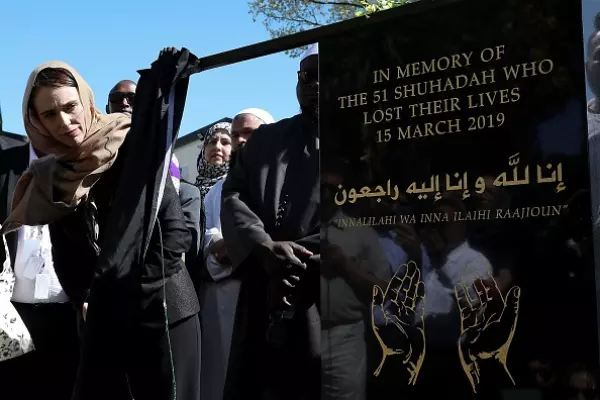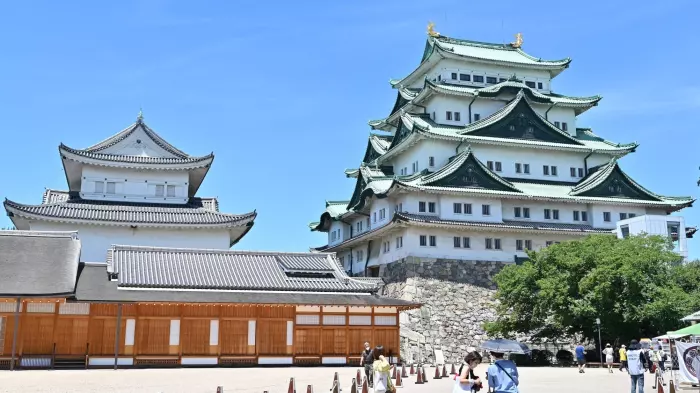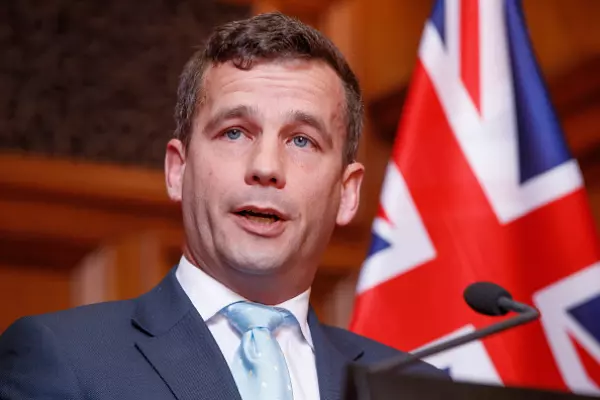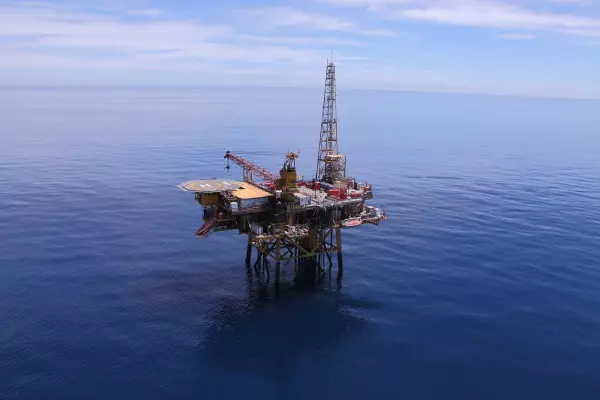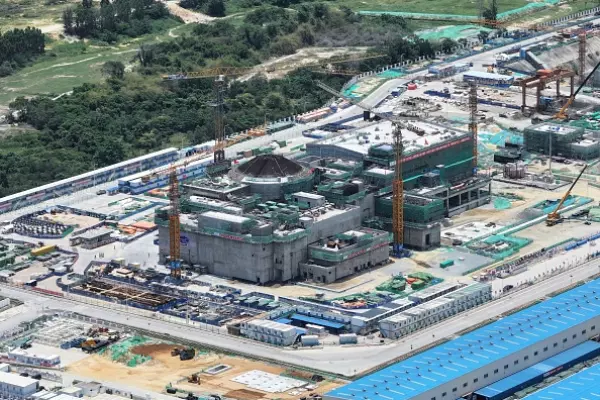There is only one road to Pike River, and it is marked by the memory of 29 dead men.
White crosses have been painted across the tar seal. There are 29 effigies lining the road, each dressed with helmets and grubby overalls. Pike River ID tags are pinned to their chests.
To those who are wondering why the mine disaster is still in the headlines, I encourage you to take a drive down that quiet country road; to sit beneath the toetoe for a while, and look at those symbols of death.
There is unfinished business at Pike River.
It’s hard to believe, but it has been almost a decade since the mine exploded. Hard to believe, too, that we are no closer to finding out what really happened on that fateful afternoon in November 2010.
Last week, it seemed like the final flicker of hope for the victims’ families was snuffed out. Andrew Little, the Minister for Pike River Re-Entry, told a select committee that there is no more money for the process, which had originally been costed at $23 million, but is expected to blow out by almost double.
His comments were reported as an admission of defeat – an acknowledgement that the re-entry had failed. Opposition parties used the opportunity to repeat their arguments that the exercise was simply a political stunt that exploited grieving families and was never going to yield a meaningful outcome.
On social media, many people commented that the whole exercise had been an extraordinary waste of taxpayer money.
This shows just how confused Kiwis are about the purpose of the re-entry.
For many years, the families of the Pike River victims pleaded with the then-National government to re-enter the mine.
Some of the media reports suggested that the purpose was to “bring the boys home”. I reckon most of us believed – and still believe – that the process was about retrieving human remains from the mine, so that the families could have closure, and put their loved ones to rest in a dignified way.
This is far from the truth.
The families wanted much more than the chance to bury their loved ones – they wanted accountability.
In 2012, there was a Royal Commission into the Pike River disaster. But that process revealed little more than we already knew. Yes, there was a methane explosion. Yes, there were gaps in health and safety. Yes, the whole thing could probably have been avoided.
Who was held responsible? No one.
Pike River chief executive Peter Whittall is now running a rest home in Sydney. He never faced criminal charges, and is reported as saying that he feels no guilt about what happened at the mine.
The previous CEO, Gordon Ward, left Pike River less than two months before the explosion. He had been heavily involved in the development of the mine. Ward moved to Queensland, and refused to return to New Zealand to face the Royal Commission. Like Whittall, he has faced no criminal charges.
And nor have any other parties. Herein lies a question of justice. Is it acceptable to us that 29 men were killed, and no one was held accountable?
Are we willing to accept that a major workplace incident – our most fatal in living memory – was just a case of ‘whoops-a-daisy’?
For almost every Kiwi parent, if your child was killed as a result of a homicide, you would stop at nothing until the guilty parties were identified and held to account.
That’s what motivates people like Sonya Rockhouse, whose son Ben died in the explosion, and Anna Osborne, who lost her husband Milton. These women led the crusade to convince the government that the re-entry was necessary.
For years, they spoke to experts who believe that the mine’s drift – its access tunnel – could be re-entered safely. And they were proved right.
From the beginning of the process, the Pike River Recovery Agency’s website stated that the purpose of their work was to “gather evidence to better understand what happened in 2010, with an eye to preventing future mining tragedies.”
Secondary aims included providing the families with peace of mind, and recovering remains “where possible.”
Where possible. Despite the sensationalist media headlines, it was always understood that it was unlikely that human remains would be found in the drift, because most of the workers were in a deeper part of the mine when the explosion occurred.
However, it was possible that re-entry team would find evidence that could lead to a prosecution.
Rockhouse and Osborne are smart women. They knew that the public money that would be spent on the re-entry could have been spent on school lunches or hospital beds.
But they also believed that the state needed to make up for its role in the disaster: its failure to regulate health and safety.
After Pike River, workplace health and safety in New Zealand changed dramatically. There is no doubt that lives have been – or will be – saved as a result of the regulatory and policy changes that resulted from the tragedy.
But let’s not forget that the families of 29 men paid a high price for those changes.
Just last week, the re-entry team recovered a robot that had been lost in the mine only five days after the first explosion.
The experts are carefully proceeding down the tunnel, and expect to reach areas that have not been surveyed before – areas in which there is electrical gear and other equipment that could form evidence.
To those of us who are not acquainted with this process, the idea of discovering evidence that could lead to a prosecution may seem fanciful.
If that does happen, it will be one of the most extraordinary stories of tenacity and persistence that our country has ever seen.
Is there a bottomless pit of public money for this re-entry? No.
Do the Pike River families deserve our support to have a crack at it? Absolutely.
Jehan Casinader is a Wellington-based journalist.


